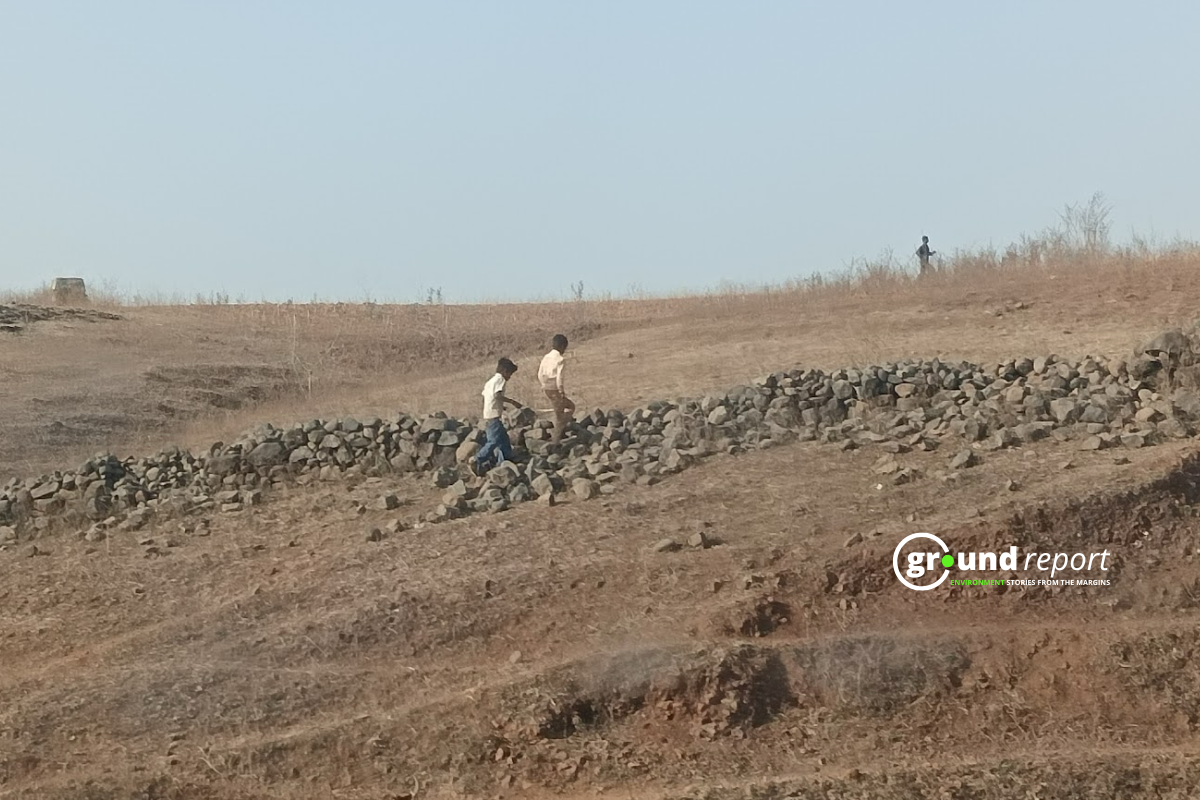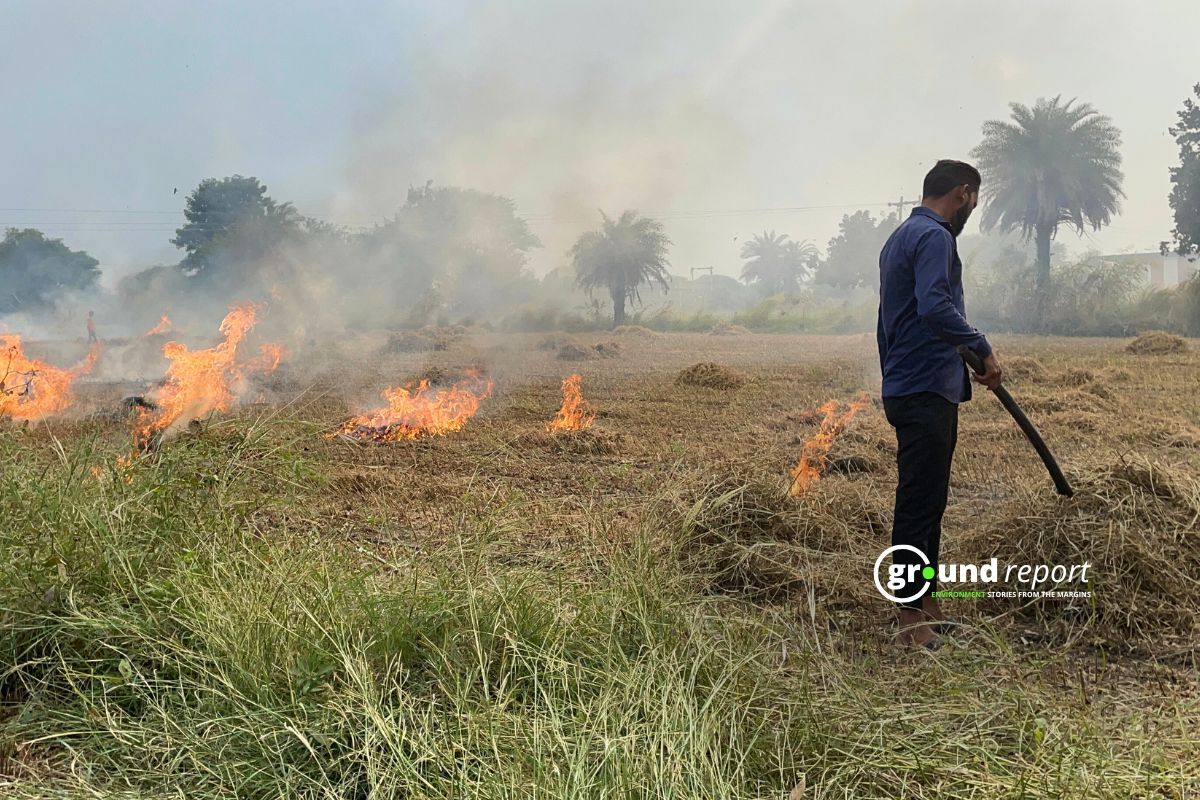The Indian skimmer is a bird with about 20% of the total population of fewer than 2,500 birds nesting along the Chambal. Villagers living beside the Chambal call the birds pancheraa– ‘the one which tears water’. This endangered species is known for its distinctive underbite, with a longer lower mandible perfectly suited for its fishing technique. Flying low over the water, the bird keeps its bright orange beak agape, and its knife-like lower bill slices through the water. Any fish or shrimp unable to evade its strike is quickly caught.
The river’s clean, unpolluted waters and undisturbed environments provide an ideal breeding ground for these birds. The Chambal River and its unique ecology and minimal human disturbance, have become one of the last strongholds for the species in India. These birds prefer shallow waters where they can hunt for fish, which they capture by skimming their long bills just above the surface.
However sand mining, anthropogenic activities, dams and water pollution have started creating problems of nesting in the river sandbars,” says Parveen Shiekh, a scientist from the Bombay Natural History Society who has been working as a conservationist in Chambal. Her Nest Guardian Programme’ for the Indian Skimmer birds was started in 2017. Her initiative involves local communities, wherein locals are stationed around Indian skimmer nests to guard them and chase away predators or livestock wandering nearby.
This programme has proven to be largely effective. “In 2024, the count exceeded 800 birds nesting on the Chambal sandbars, a significant increase from around 400 birds when I began in 2017,” she shares.
These local guardians play a crucial role in protecting nests, ensuring that they remain undisturbed by human activity and predators during the breeding season. Their efforts include regular patrols, creating awareness among tourists and local communities, and preventing disturbances near nesting areas.
In this podcast episode, Parveen shares her research and conservation efforts along the Chambal River to provide a model for how science and community involvement can come together to address the complex challenges of balancing human water use with the needs of wildlife and natural ecosystems.
Support us to keep independent environmental journalism alive in India.
More from ‘Mind Your Earth’
Cambodia’s Environmental Crisis: Reporting from the Edge
How faith meets conservation in India?
Follow Ground Report on X, Instagram and Facebook for environmental and underreported stories from the margins. Give us feedback on our email id greport2018@gmail.com.
Don’t forget to Subscribe to our weekly newsletter, Join our community on WhatsApp, and Follow our YouTube Channel for video stories.







